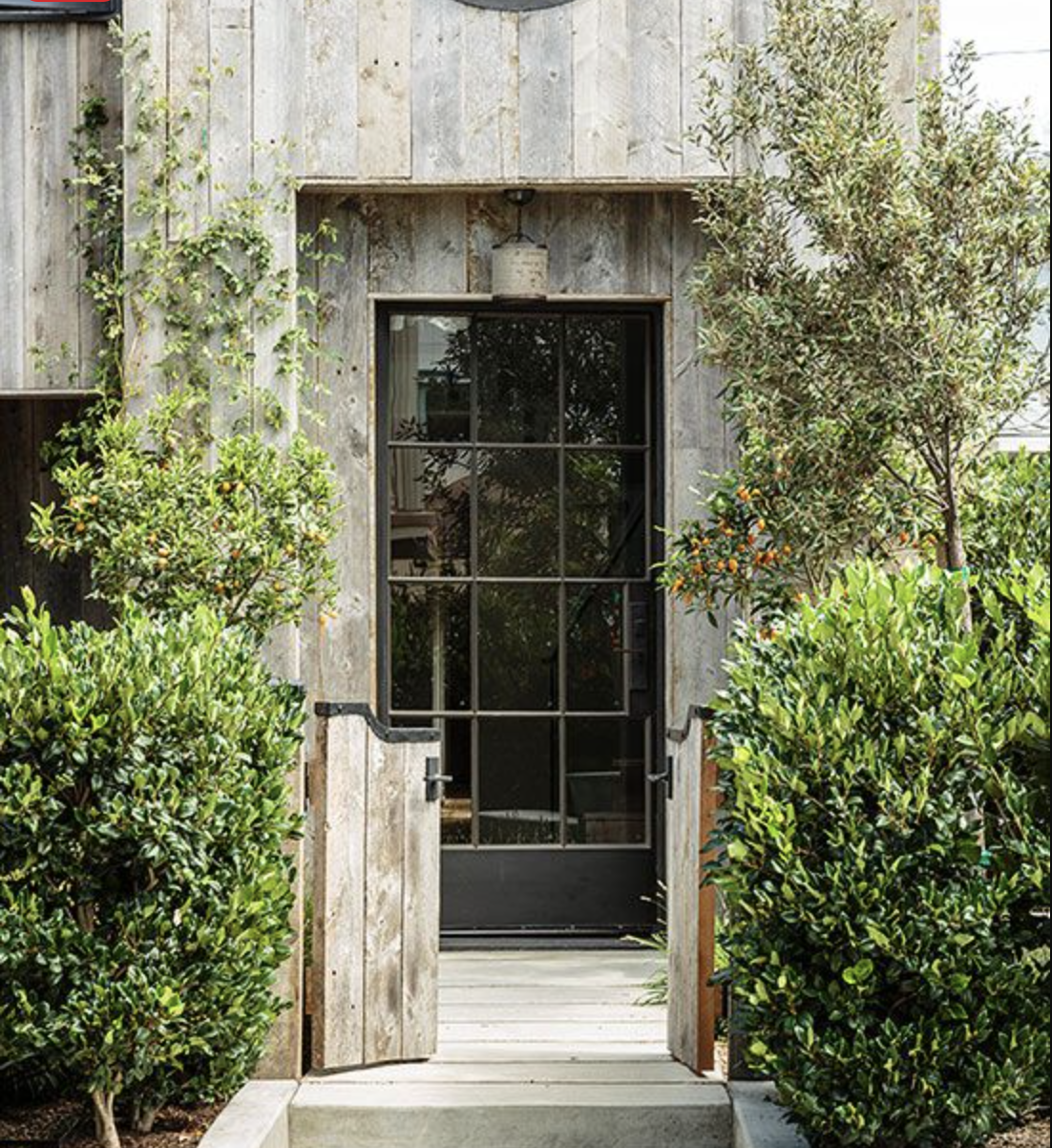How To Prepare Your Home for Seasonal Temperature Swings
Seasonal temperature swings can catch us all off guard, leaving us scrambling to stay warm in the winter or cool in the summer. But preparing your home doesn’t just keep you comfortable; it can also save you money, protect your space, and reduce those frustrating utility bills. Keep reading to discover how to prepare your home for seasonal temperature swings.
Check and Seal Windows and Doors
Honestly, I used to underestimate how much energy sneaks out through tiny gaps around windows and doors. Then I noticed how much harder my heater and AC had to work to maintain the right temperature. Drafty windows or gaps in door frames are money pits in disguise.
Use weatherstripping or caulk to seal those openings, and you’ll immediately feel the difference. Plus, no more chilly breezes sneaking through during those winter storms!
Inspect and Clean Your HVAC System
Once, my HVAC system had the audacity to go out right in the middle of August. If you’ve been there, you know how miserable it can be. That’s when I learned to schedule seasonal HVAC maintenance.
Cleaning or replacing air filters, checking ducts, and addressing any small issues before they snowball into costly repairs keeps your system running efficiently. You’ll notice better airflow, and your home will feel more stable in temperature.
Insulate Your Attic and Walls
I’ve found that investing in proper insulation makes a huge impact. Without it, heat escapes when you most need it, or you end up sweltering because the AC has to run overtime. Adding or upgrading insulation in your attic or walls helps your home maintain consistent indoor temperatures and decrease energy usage.
Inconsistent home temperatures are costing you money, and nobody wants to feel like they’re living in a refrigerator one day and a sauna the next, and insulation can solve that.
Adjust Your Thermostat Settings
Getting a programmable thermostat was a game-changer for me. By adjusting the settings to match my schedule, I immediately noticed two benefits: smaller energy bills and a more comfortable house.
During the winter, I set comfortable daytime temps and lower the thermostat at night or when no one’s home. Summer’s the same in reverse. It feels great knowing the house stays cozy without wasting energy (or money).
Prepare Your Outdoor Spaces
I used to neglect my outdoor areas until I realized how much damage a harsh winter or sweltering summer can do. I cover patio furniture, store cushions, and prep plants before the temperatures start to swing.
For colder months, I focus on frost protection for pots and bring sensitive plants indoors. These simple steps protect my outdoor investments and keep everything looking great when the seasons shift again.
Taking time to prep your home for temperature changes now spares you a lot of headaches later. Draft-free windows, efficient heating and cooling systems, proper insulation, and well-managed outdoor spaces all work together to keep your home comfortable while reducing energy costs.




